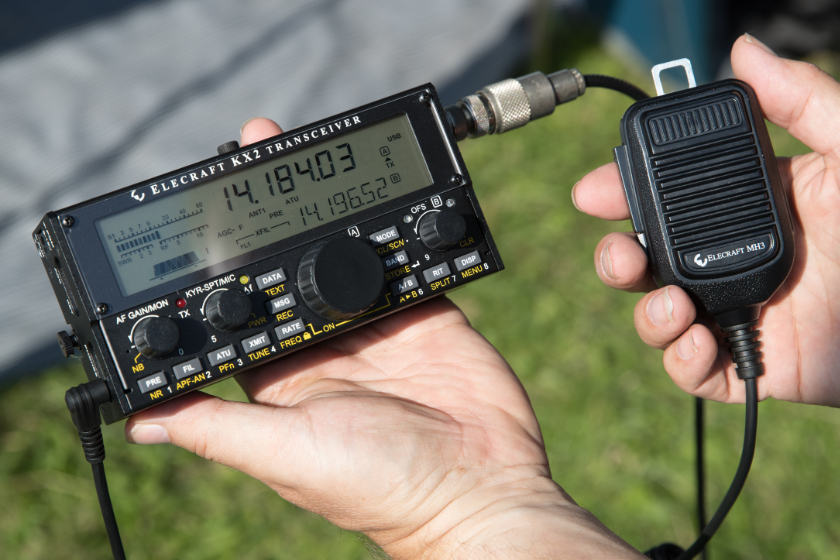Written by M5DJC
18/07/2021
Amateur radio, often referred to as ham radio, is a popular hobby and service that involves the use of designated radio frequency spectrum for purposes of non-commercial exchange of messages, wireless experimentation, self-training, private recreation, and emergency communication. Here are some key points about amateur radio.
Key Points
1. Licensing
Operators, known as “hams,” must be licenced by OFCOM (UK). Licensing ensures that operators have the necessary technical knowledge and understanding of regulations to operate radio equipment safely and effectively. In the UK there are three licensing classes, each requiring to pass an exam in increasing complexity:
- Foundation
- Intermediate
- Full
2. Frequency Bands
Amateur radio operators have access to a variety of frequency bands across the radio spectrum, from just above the AM broadcast band all the way up to microwave frequencies.
3. Modes of Communication
Hams use many modes of communication including voice (AM, FM, SSB), Morse code (CW), digital modes (such as PSK31, FT8, RTTY), and even slow scan television (STV).
4. Equipment
Operators may use commercially available radio equipment or build their own. Equipment ranges from simple handheld transceivers to sophisticated stations with multiple antennas and advanced digital interfaces.
5. Activities
Public Service and Emergency Communications:
Hams often provide critical communication support during emergencies and disasters when traditional communication networks fail. In the UK this is provided by a voluntary organisation called RAYNET (Radio Amateurs’ Emergency Network)
Contests and Awards:
Many hams participate in contests where they try to make as many contacts as possible in a given period, often under challenging conditions. They also strive to earn various awards for achievements like contacting all continents or countries.
Technical Experimentation:
Amateur radio is a platform for technical experimentation in fields such as electronics, antenna design, and digital communications.
Space Communication:
Some hams use amateur satellites, known as OSCARs (Orbiting Satellites Carrying Amateur Radio), to communicate over long distances as well as make contacts with the international space station (ISS).
6. Community
The amateur radio community is a global network of operators who share information, help each other with technical issues, and promote the hobby. They often form local clubs and participate in larger organizations like the Radio Society of Great Britain (RSGB) in the U.K.
Benefits
Educational: It offers a practical way to learn about radio technology, electronics, and communications.
Social: It fosters a sense of community and allows operators to make friends worldwide.
Public Service: It provides a valuable public service by enabling emergency communications.
Conclusion
Amateur radio is a multifaceted hobby that combines technical skills, public service, and personal enjoyment. It has a rich history and continues to evolve with advancements in technology, remaining relevant and exciting for enthusiasts around the world.

